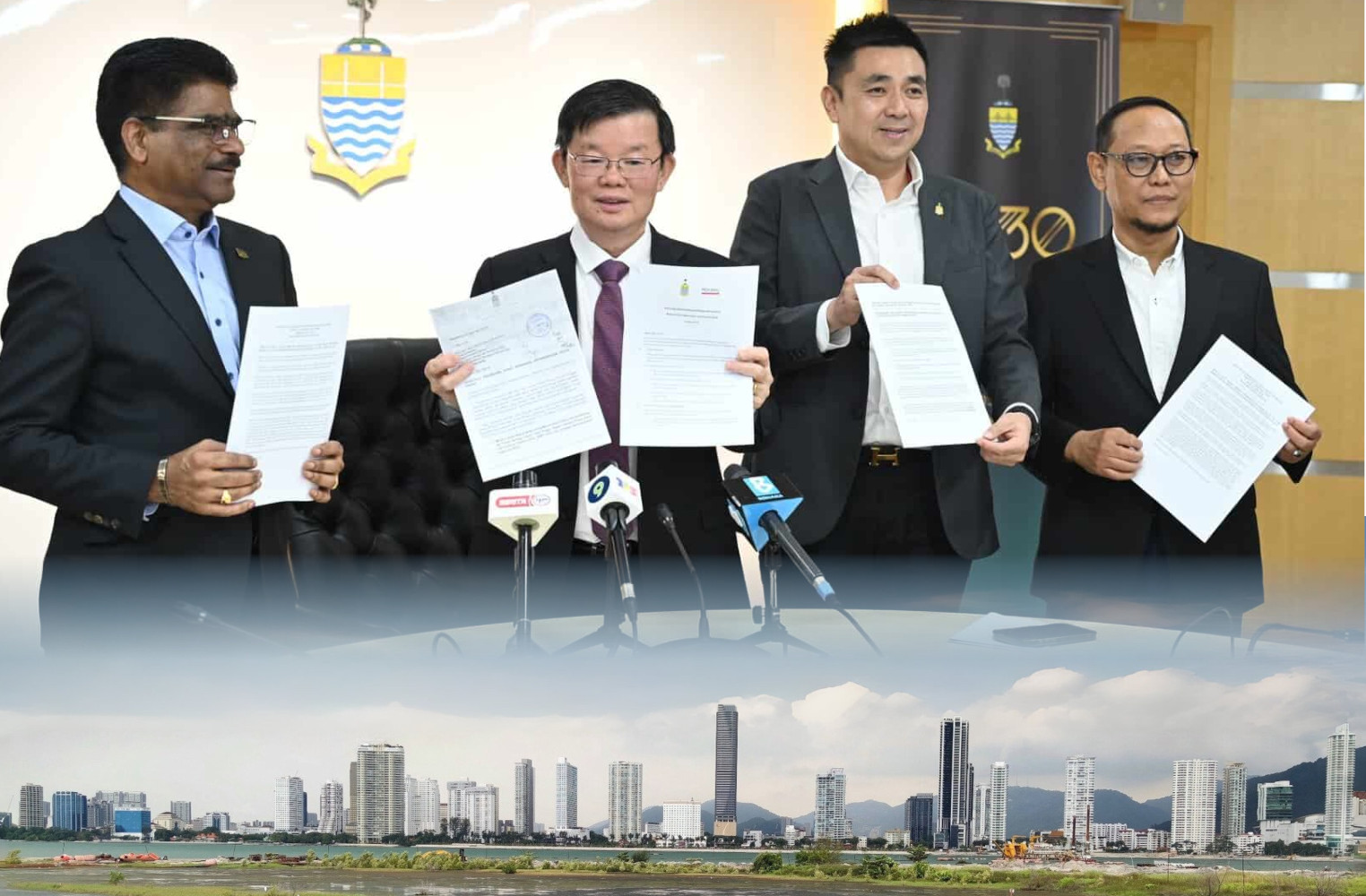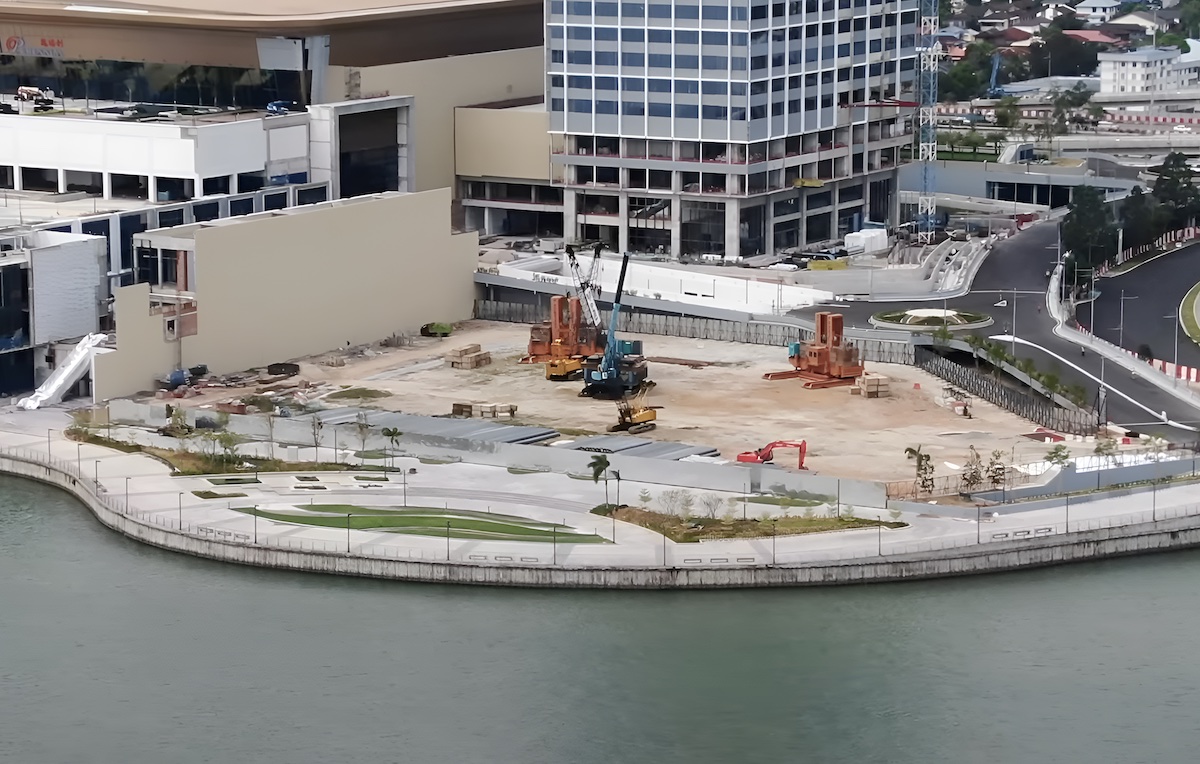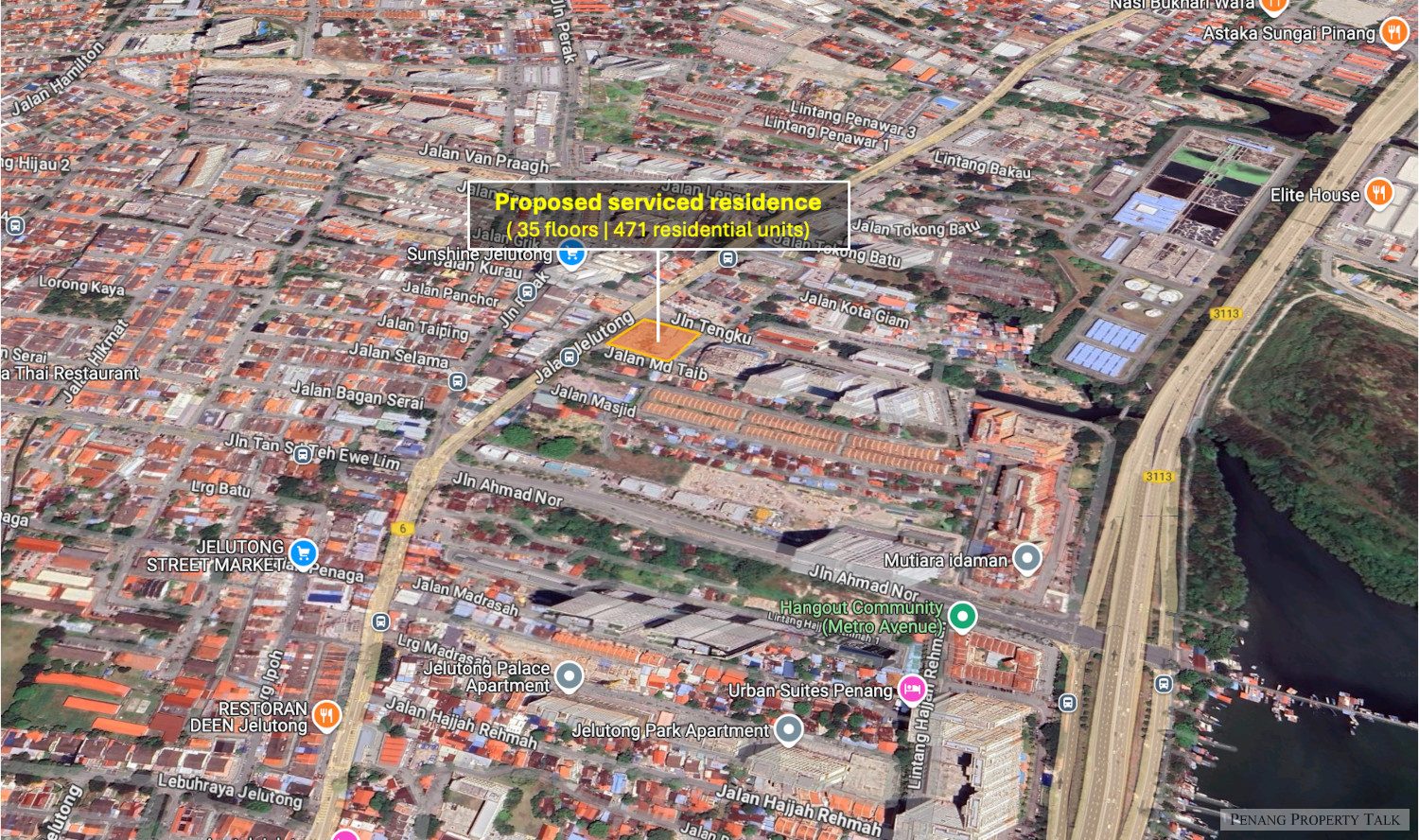Penang International Financial Centre: A game-changer for Malaysia’s economy

The Penang government has formally requested the Federal Government’s support for the establishment of the Penang International Financial Centre (PIFC), an initiative aimed at enhancing Malaysia’s global financial and industrial presence.
A letter detailing the state’s commitment to the project was submitted to Prime Minister Datuk Seri Anwar Ibrahim on March 13, 2025. The PIFC is envisioned as a catalyst for attracting capital inflows, fostering financial innovation, and bolstering Malaysia’s semiconductor and high-tech industries.
The initiative is being led by the Penang Institute through a Request for Expressions of Interest (EOI) process. This aligns with Penang’s historical role as a global trading hub and its strong presence in manufacturing and technology.
Chief Minister Chow Kon Yeow emphasized the importance of Federal Government collaboration to ensure the success of the PIFC. “This initiative will drive technological investments, create high-value employment opportunities, and contribute significantly to both national and state revenue,” he stated during a media conference at Komtar.
Also present at the conference were key state officials, including Infrastructure, Transport and Digital Committee chairman Zairil Khir Johari, Local Government, Town and Country Planning Committee chairman Jason H’ng Mooi Lye, Housing and Environment Committee chairman Datuk Seri Sundarajoo Somu, and Penang Development Corporation CEO Datuk Aziz Bakar.
The PIFC is expected to play a pivotal role in advancing the semiconductor sector in the Northern Corridor, in line with the New Industrial Master Plan (NIMP) 2030 and the National Semiconductor Strategy (NSS). Additionally, it aims to support tech-driven investments, introduce new financial innovations, and diversify employment opportunities within the professional services sector.
The Penang Institute has invited financial institutions, property developers, industry leaders, and investment firms to participate in the EOI process. Interested parties can collect EOI documents from the Penang Institute between March 17 and March 26, 2025, during office hours. The deadline for proposal submissions is 12pm on May 19, 2025.




